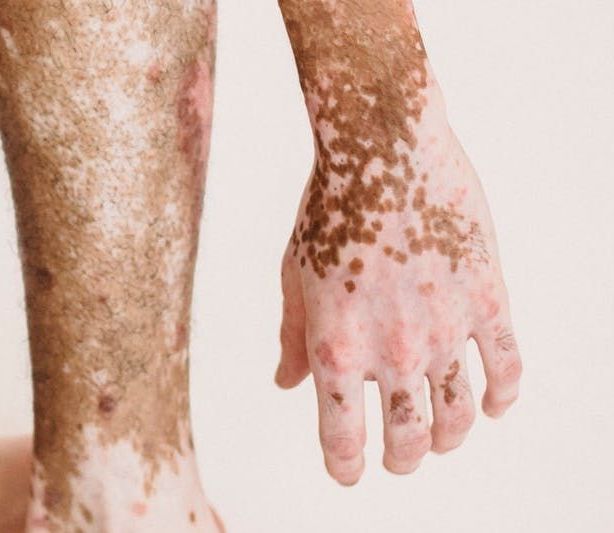Microneedling, 5-Fluorouracil More Efficient Than Tacrolimus Monotherapy for Vitiligo
New research demonstrated that 5-fluorouracil and microneedling in conjunction showed stronger results for the 19 participants than tacrolimus monotherapy as a treatment for vitiligo.

Microneedling in conjunction with 5-fluorouracil (5-FU) may be more efficient than tacrolimus monotherapy in treating vitiligo, according to new findings.1
Vitiligo is known to affect about 2% of the world’s population, and the skin condition has been attributed to melanocyte degradation.
While there is not one singular known treatment for the skin disorder, several ones have shown significant results, including microneedling along with 5-FU.
The use of combined microneedling and 5-FU was demonstrated to be more useful than needling alone in a previous study, so the investigators in this study set out to compare the combined treatment with topical tacrolimus alone for vitiligo lesions.
This research was authored by Mohammad Hatami, MD, from the Department of Dermatology at the Ahvaz Jundishapur University of Medical Sciences School of Medicine.
“Although there is no definitive treatment for vitiligo, several treatment options have been associated with relative satisfactory outcomes,” Hatami and colleagues wrote. “The purpose of this study was to compare the efficacy of micro-needling in conjunction with topical 5-fluorouracil (5-FU) versus topical tacrolimus ointment in treating vitiligo patches.”
Research and Methods
The investigators conducted a prospective, single-blind clinical study at the dermatology clinic of Ahvaz Jundishapur University of Medical Sciences from January to September of 2020.
Their team recruited 19 total participants—11 male and 8 female patients—confirming the participants’ diagnosis of vitiligo with a Wood’s lamp diagnostic test and gathering their demographic data including the following:
- Age
- Disease duration
- Family history
- Prior treatments
- Repigmentation history
- Lesion location
Each participant was treated on 2 symmetrical patches of skin that were randomly selected and showed visible vitiligo, with the investigators treating 1 of the patches with topical 5-FU solution every other day and microneedling every week.
The other patch of skin was treated twice-per-day with 0.1% tacrolimus topical ointment, and the investigators used G-score to compare treatment outcomes following 3 months.
Study Results
The investigators concluded that the combined treatment showed better results than those of tacrolimus monotherapy, with 32% of those in the microneedling/topical 5-FU group reporting a significant improvement with both treatments (P = 0.019).
The research team noted that 68% of those in the microneedling/5-FU group reported no or poor response to the treatment, although those that did responded more in the lower extremity and trunk than the upper extremity and acral areas.
All other vitiligo-affected skin patches given 0.1% topical tacrolimus showed less improvement than the combined treatment.
The investigators also added that none of the participants who had been diagnosed over 10 years prior responded to treatment, pointing out the need for further research into the more successful combined treatment option.
“The current study showed that using micro-needling in conjunction with 5-FU could treat vitiligo patients more efficiently than tacrolimus monotherapy,” they wrote. “Despite showing moderate to excellent improvement in patches treated with micro-needling and 5-FU, this well-tolerated office-based modality still requires additional research.”
References:
- Pazyar, N, Hatami, M, Yaghoobi, R, Parvar, SY, Radmanesh, M, Hadibarhaghtalab, M. The efficacy of adding topical 5-fluorouracil to micro-needling in the treatment of vitiligo: A randomized controlled trial. J Cosmet Dermatol. 2022; 00: 1- 8. doi:10.1111/jocd.15616.